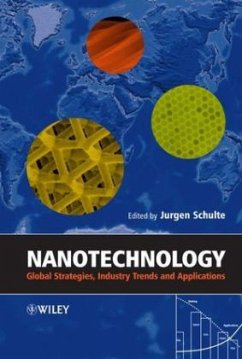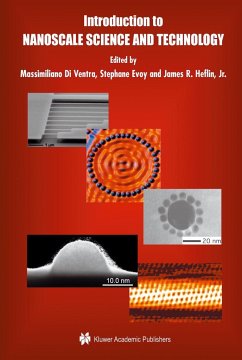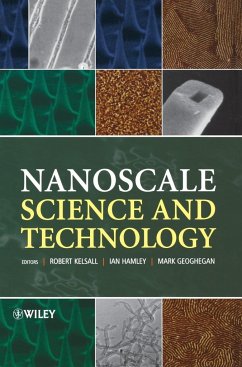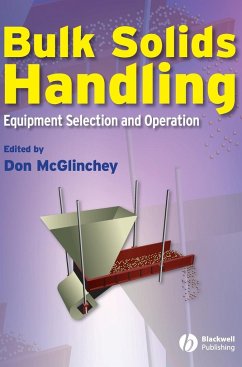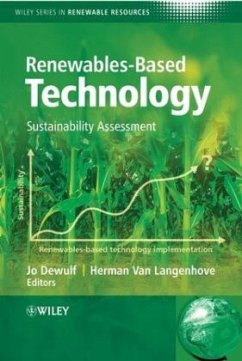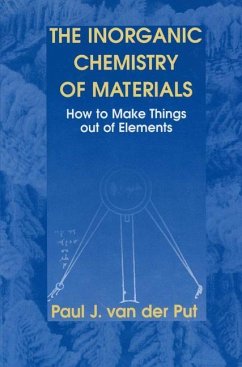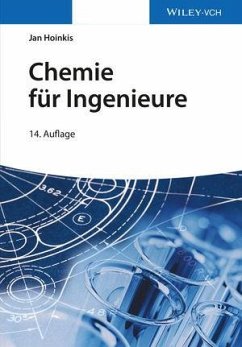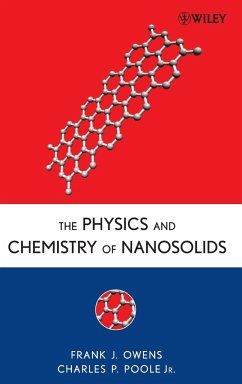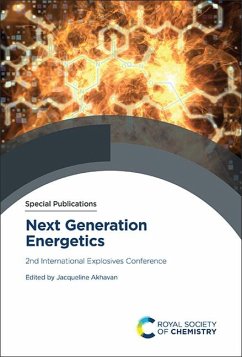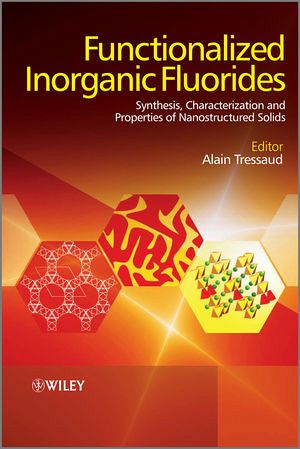
Functionalized Inorganic Fluorides
Synthesis, Characterization & Properties of Nanostructured Solids
Herausgeber: Tressaud, Alain

PAYBACK Punkte
94 °P sammeln!
Functionalized Inorganic Fluorides: Synthesis, Characterization & Properties of Nanostructured Solids covers several classes of nanostructured and functionalized inorganic fluorides, oxide-fluorides, and fluorinated oxides such as silica and alumina. Ranging from powders or glass-ceramics to thin layers and coatings, they have applications as more efficient and less aggressive catalysts, UV absorbers, planar optical waveguides, integrated lasers and optical amplifiers, luminescent materials, anti-reflective coatings and high Tc superconductors. With a focus on new types of solids, such as nano...
Functionalized Inorganic Fluorides: Synthesis, Characterization & Properties of Nanostructured Solids covers several classes of nanostructured and functionalized inorganic fluorides, oxide-fluorides, and fluorinated oxides such as silica and alumina. Ranging from powders or glass-ceramics to thin layers and coatings, they have applications as more efficient and less aggressive catalysts, UV absorbers, planar optical waveguides, integrated lasers and optical amplifiers, luminescent materials, anti-reflective coatings and high Tc superconductors. With a focus on new types of solids, such as nanopowders, hybrids, mesoporous fluorides, and intercalation compounds, the book covers new synthesis routes; physical-chemical characterizations - including morphology, structure, spectroscopic and optical behaviour; detailed ab initio investigations and simulations; and -last but not least- potential applications.



